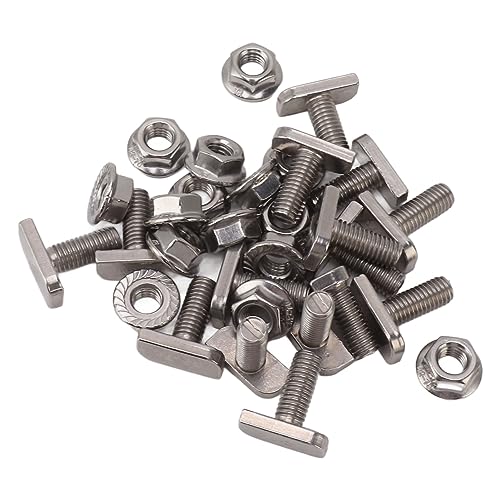To get rid of the condensation you could bake it and then fill it with nitrogen instead?
It's a bit extreme but it's what we used to do with avionics ✈
It's a bit extreme but it's what we used to do with avionics ✈
Last edited by a moderator:
































































